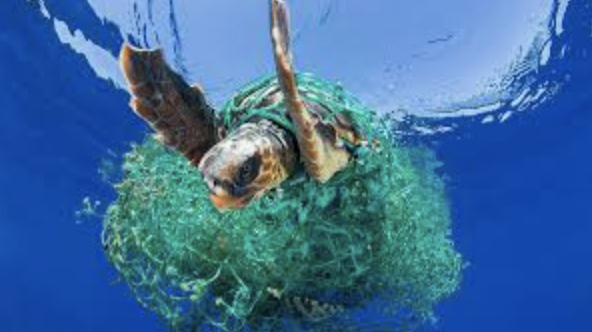The CAMO DRY BAG. AN OCEAN SURVIVOR.
7 LBS OF OCEAN PLASTIC. 100% Waterproof.
The CAMO (CAMERAS OFF) dry bag made by Got. It goes everywhere we do. And it had quite a journey to get here. Recycled from post consumer single use and limited use plastic, discarded from around the world. It’s a reminder of the problem and one small solution. $120.00
(Pre-order/questions: info@howardfilms.com)
The CAMO dry bag is 7lbs. of recovered ocean plastic. It’s a new life for an old problem. Plastic in the oceans started to get a spotlight in the late 90s. Charles Moore was coming back from a sailing race in hawaii and what he saw changed his life. I first met Moore in Newport, California in the early 2000’s after he had sailed through the great Pacific Garbage Patch in the late 90s. It was the size of Texas, and he vowed from that point on to spread the word. Today, it's part of the public consciousness, even if not part of our daily lives. And it's always floating in the background.
The problem: A growing plastic tide
Magnitude: Plastic accounts for approximately 80% of marine pollution.
Volume: Estimates suggest 75 to 199 million tons of plastic waste currently reside in our oceans.
Trend: If current trends continue, the weight of plastic in the ocean could surpass that of all fish by 2050.
The source: Land and sea
Land-based: Most plastic pollution originates on land, flowing into the oceans through rivers, sewers, and wind action.
River contribution: Approximately 1,000 rivers are responsible for a significant portion of ocean plastic pollution.
Sea-based: Shipping and fishing activities are also major contributors to plastic waste in the ocean.
The impact: A threat to life
Marine life: Thousands of seabirds, sea turtles, seals, and other marine mammals die each year from ingesting plastic or becoming entangled in it.
Ecosystems: Plastic pollution harms marine habitats, including coral reefs and seagrass beds, and can encourage the growth of pathogens.
Human health: Plastic and plastic additives contain harmful chemicals that can have negative effects on human health, according to the Monterey Bay Aquarium.
A bag with a mission.
Reduce Single-Use Plastics: Pass on single-use plastics such as plastic bags, bottles, and utensils.
Want your oceans back?
Recycle Properly: Ensure that plastics are recycled when possible, helping to keep them out of the ocean and reduce the need for new plastic production.
Join Cleanup Initiatives: Participate in local beach or waterway cleanups, or support organizations like The Ocean Cleanup and the Ocean Blue Project.
Support Innovative Technologies: Organizations like The Ocean Cleanup are developing and implementing technologies such as floating barriers and river interception systems to remove plastic from the ocean and its tributaries.
Advocate for Change: Support policies that regulate plastic production, promote improved waste management, and encourage a circular economy.
Support Research: Understanding the movement and impact of plastic pollution through scientific research is crucial for developing and implementing effective solutions.
Looking forward: A cleaner future
Scaling Up Efforts: Organizations like The Ocean Cleanup aim to remove a substantial portion of floating plastic from the oceans by 2040.
Technological Innovation: Advancements in AI, chemical recycling, and biodegradable alternatives are making the fight against plastic pollution more efficient and eco-friendly.
International Cooperation: The UN Global Plastic Treaty, committed to by 175 countries, aims to address plastic pollution comprehensively and transition towards a circular economy for plastics.
Community Engagement: Grassroots efforts and community involvement in cleanup activities are vital for raising awareness and fostering responsible waste management practices.





